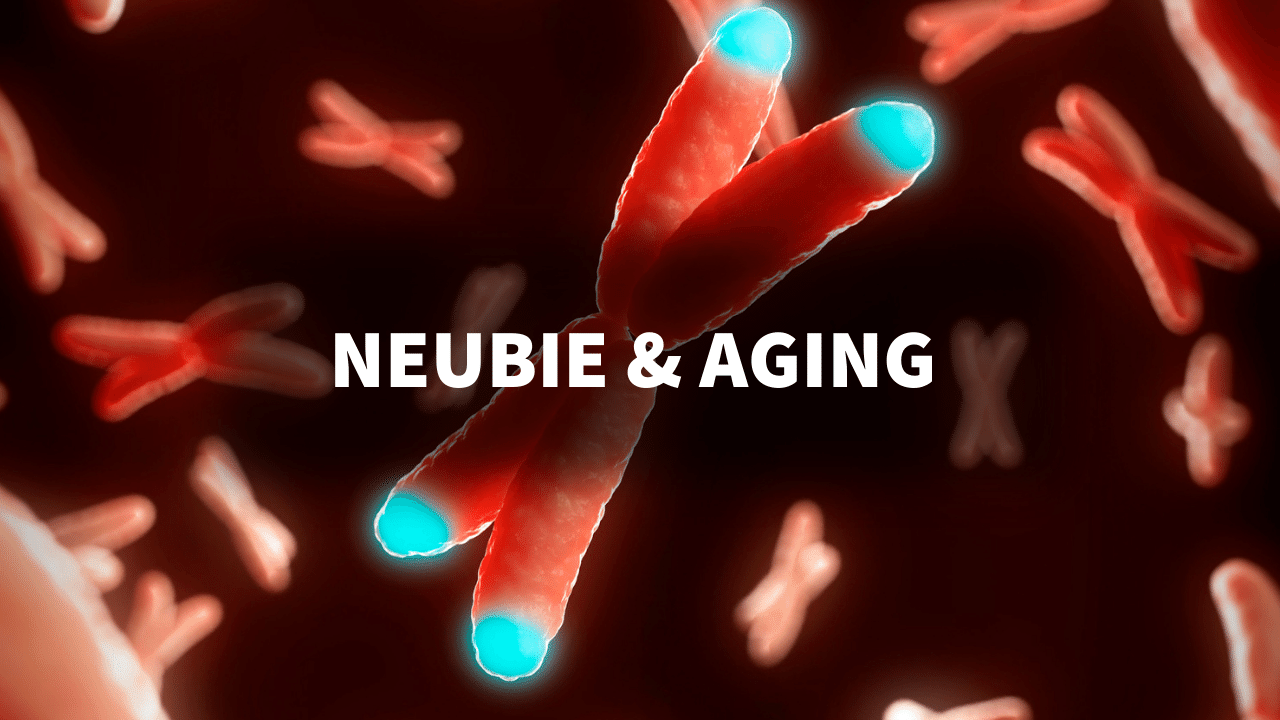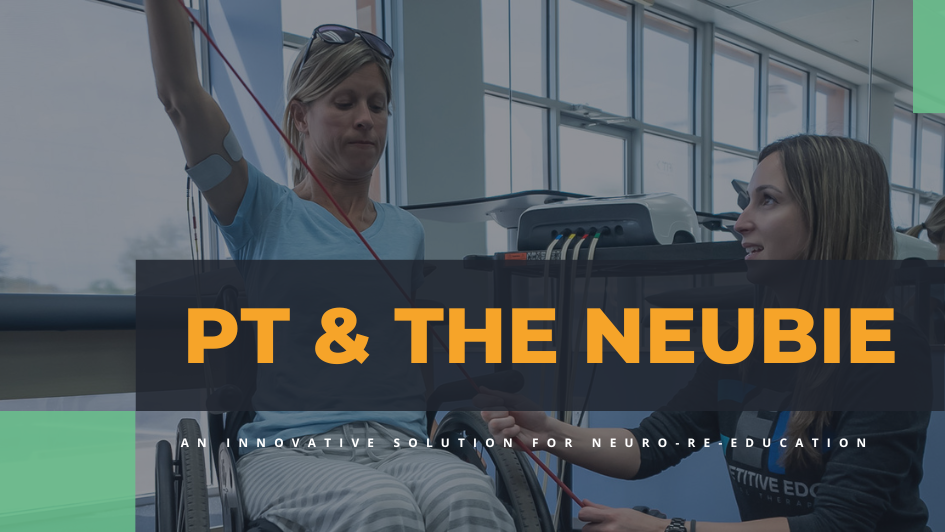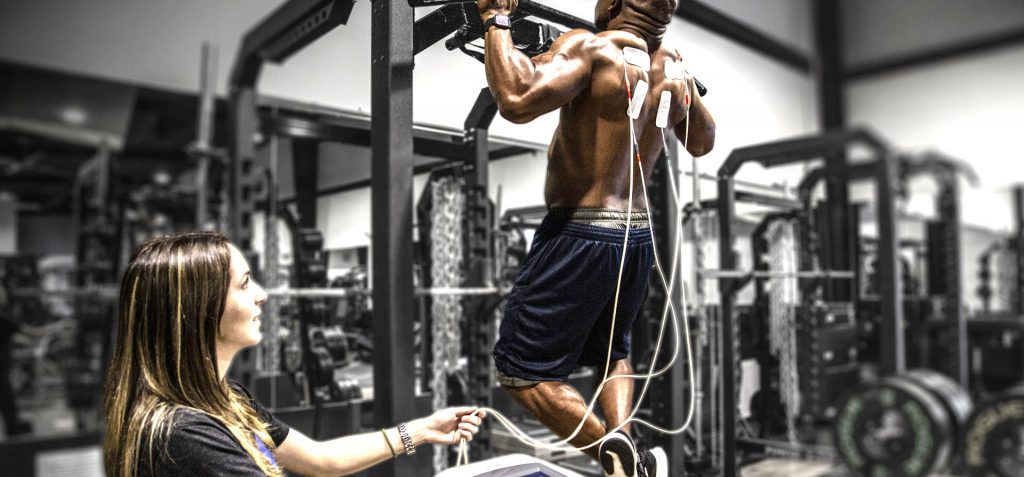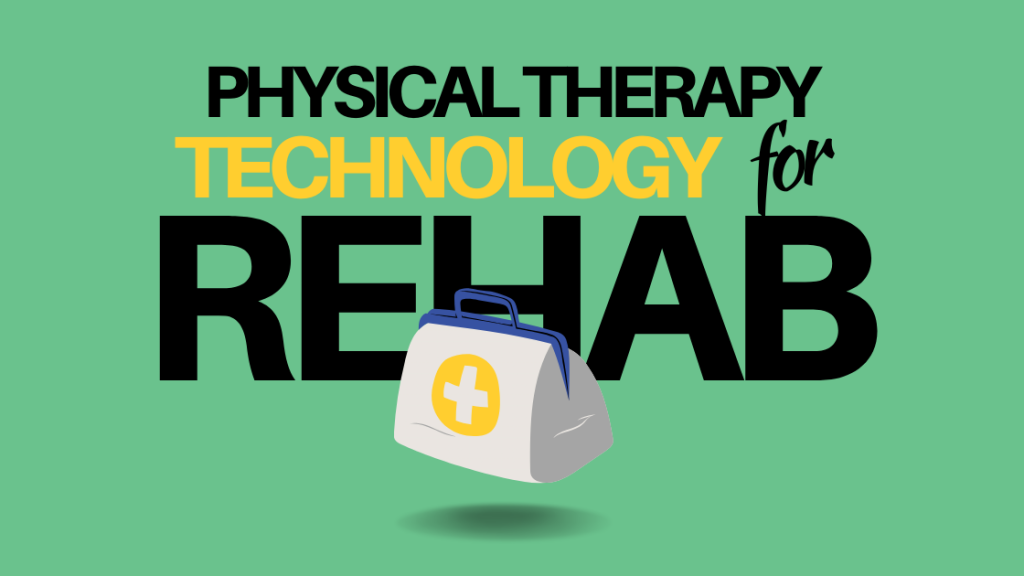
The Role of Physical Therapy Technology in Rehabilitation
Physical therapy has always served the mission of helping patients of all ages and abilities restore lost functionality, strength and movement. It’s only the way of helping that has changed.
For decades, this was strictly a hands-on, manual therapy output that relied only on touch to perform particular exercises based on particular ailments. With enough time and the skilled hands of a highly-trained therapist, this could help patients restore functionality and decrease pain.
The physical therapy industry, like most, has seen a substantial shift in the last few years as the introduction of physical therapy technology has helped therapists go beyond the healing power of touch and leverage new hardware and software to improve patient care programs that fast-track recovery and deliver more concise, optimal results.
Among this emerging technology, we’re not surprised that the shared trait of tech delivering the best results is that it operates at the nervous system level.
Physical Therapy Technology: Ever-Improving Patient Care
What we’ve discovered in years of studying physical therapy technology is that the right tech isn’t just an innovation for the clinic – it is a catalyst for continued innovation for the industry.
What we mean is this: Once a technology is introduced as a new solution to serve a specific function, users will eventually find other ways to use it to solve additional use cases. This, in turn, spurs new innovations and the end user continues to reap the rewards.
Take, for example, Electrical Stimulation Therapy.
Functional electrical stimulation (FES) is a technology-derived form of therapy. FES uses small electrical pulses applied to muscles to stimulate the selected area and help promote healing. It has been most often associated with patients who have had a stroke, weakened muscle control or other neurological or orthopedic injuries. The goal of the e-stim therapy has always been to help restore motor functions in various circumstances.
Eventually, a new form of e-stim therapy arrived: The NEUBIE. This “innovation on an innovation” replaced alternating currents (which can negatively affect the neuromuscular system with protective co-contractions) with a unique Pulsed Direct Current waveform that positively affects neurological control of movement. Even better, it can pinpoint muscle dysfunction with 100% accuracy to better target recovery through neurological reprogramming protocols with proven benefits for patients suffering from MS, Parkinson’s and other limited functionalities.
We saw it again with Heart Rate Variability.
HRV therapy is a great measure of overall health that has only recently become more commonplace in the clinic. Today, that innovation is serving an even bigger purpose as the frontline, real-time assessment of what treatment program is best for Long COVID sufferers. Its application has proven to be an effective and diverse solution for physical therapy.
Even the smartphone has been proven to be an effective example of technology adapted to physical therapy where apps allow data tracking, scheduling, at-home exercise programs, etc. Most physical therapists leverage these apps everyday to improve results with their patients.
The last two years showed us how Teleconferencing is another technological innovation that, originally designed with meetings and work in mind, has been repurposed by physical therapists and healthcare as a whole to meet with patients online and continue physical therapy in contactless ways, often from the comfort of home.
In just a handful of years, we’ve seen innovation blossom within the industry as more and more physical therapy technology solutions become commonplace in the clinic. Yet, not all private practices are keeping pace and have yet to implement some of this tech for their patients.
NeuPTtech Makes Access to Physical Therapy Technology Easier
NeuPTtech is dedicated to exploring the intersection of physical therapy and technology – then helping the practice owner implement it easily within their clinic thanks to done-for-you processes and resources.
Ever since introducing the NEUBIE device to the industry and watching it help countless patients after becoming so widely adopted in physical therapy practices all over the US, we have grown our mission to find innovative, evidence-based technologies that supplement the proven techniques and methods of Physical Therapy.
We look forward to learning more about your practice and patients to help determine what solutions may be best for your business. Contact us today.
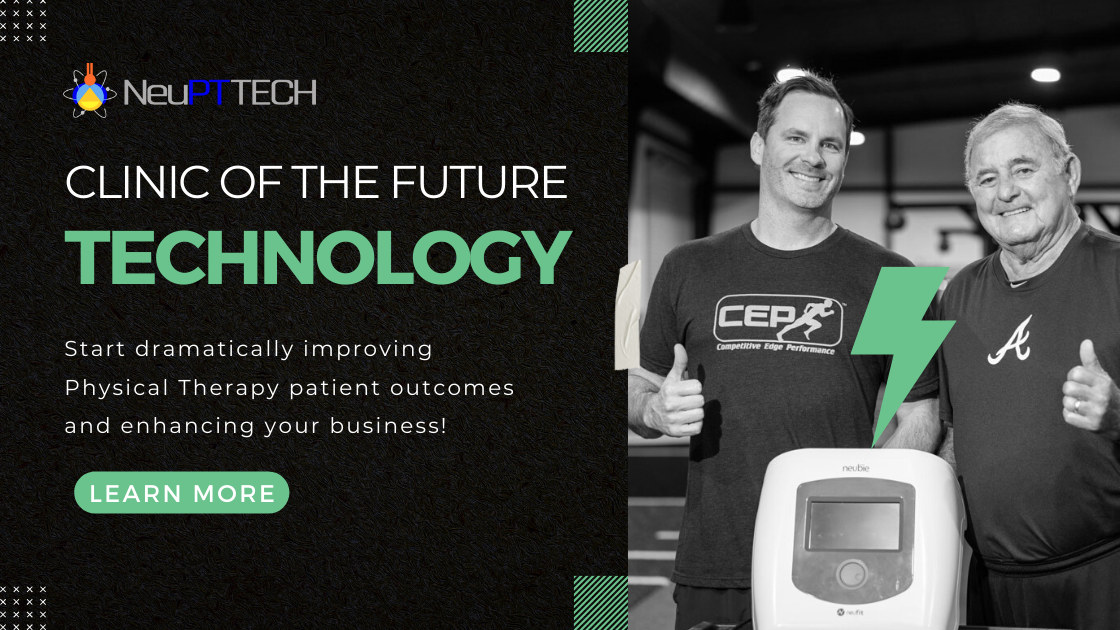

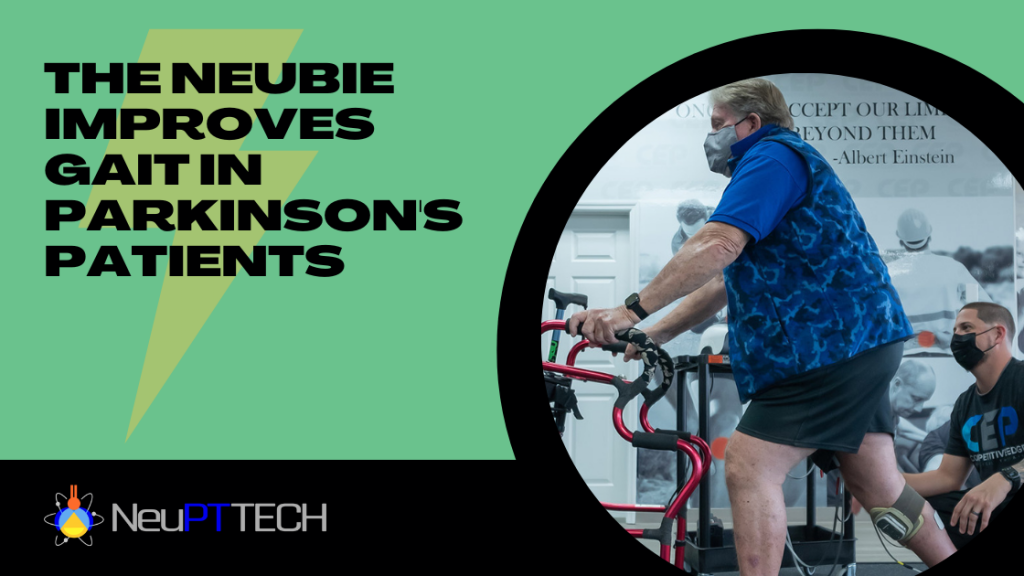 Previous Post
Previous Post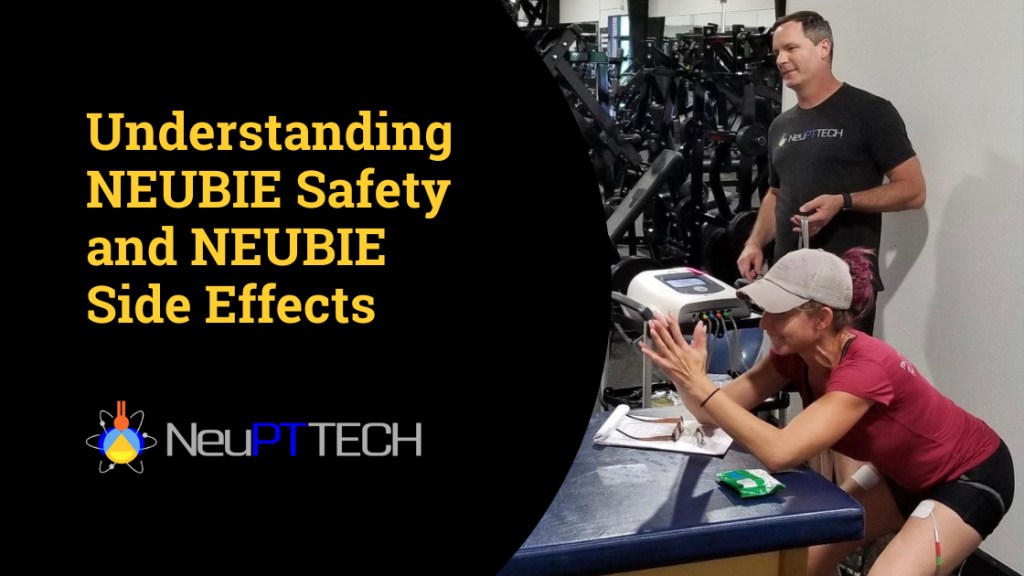 Next Post
Next Post